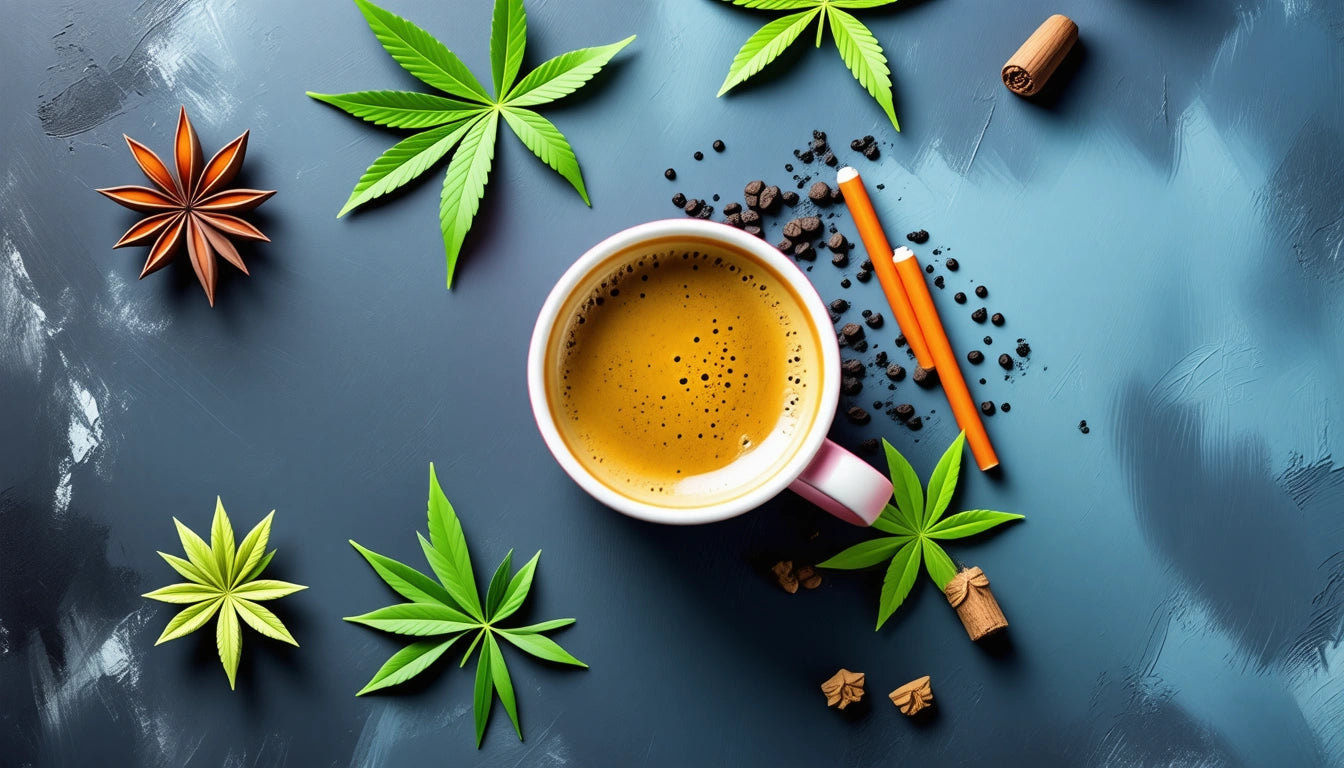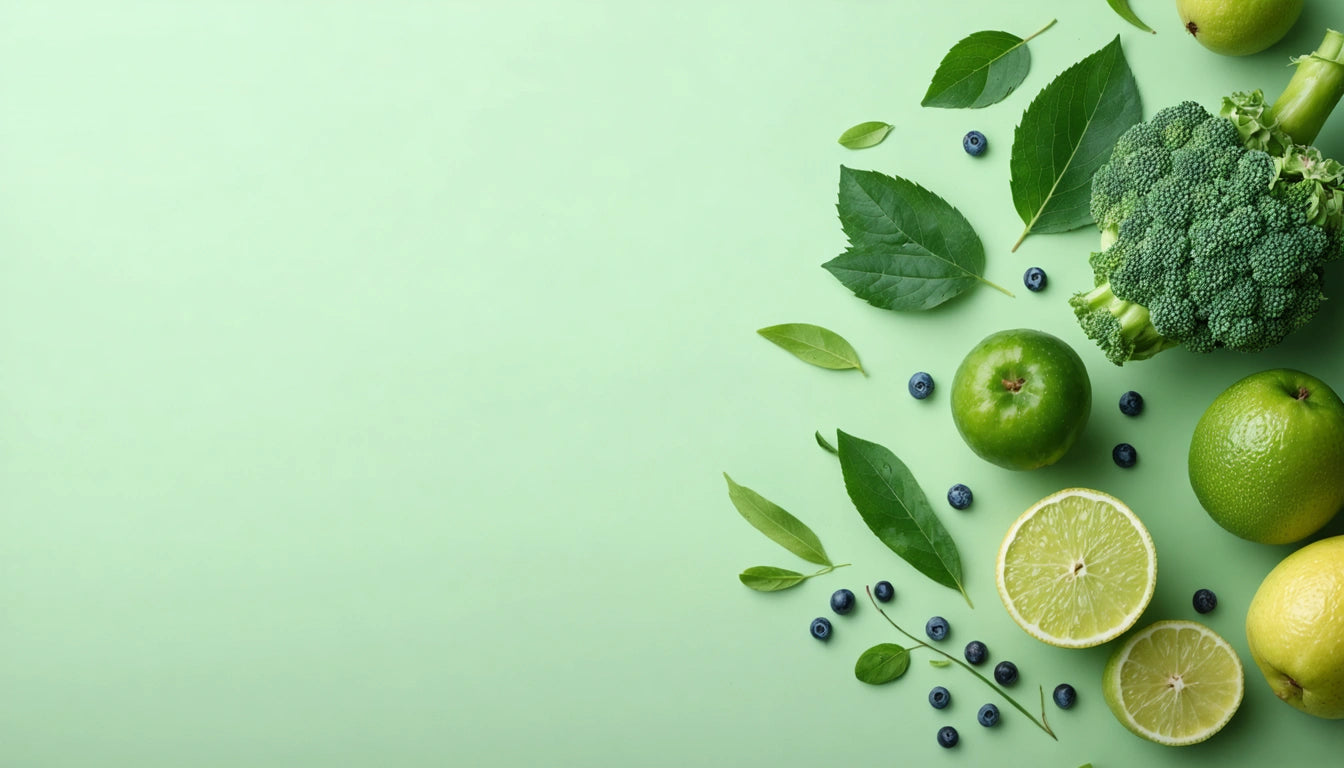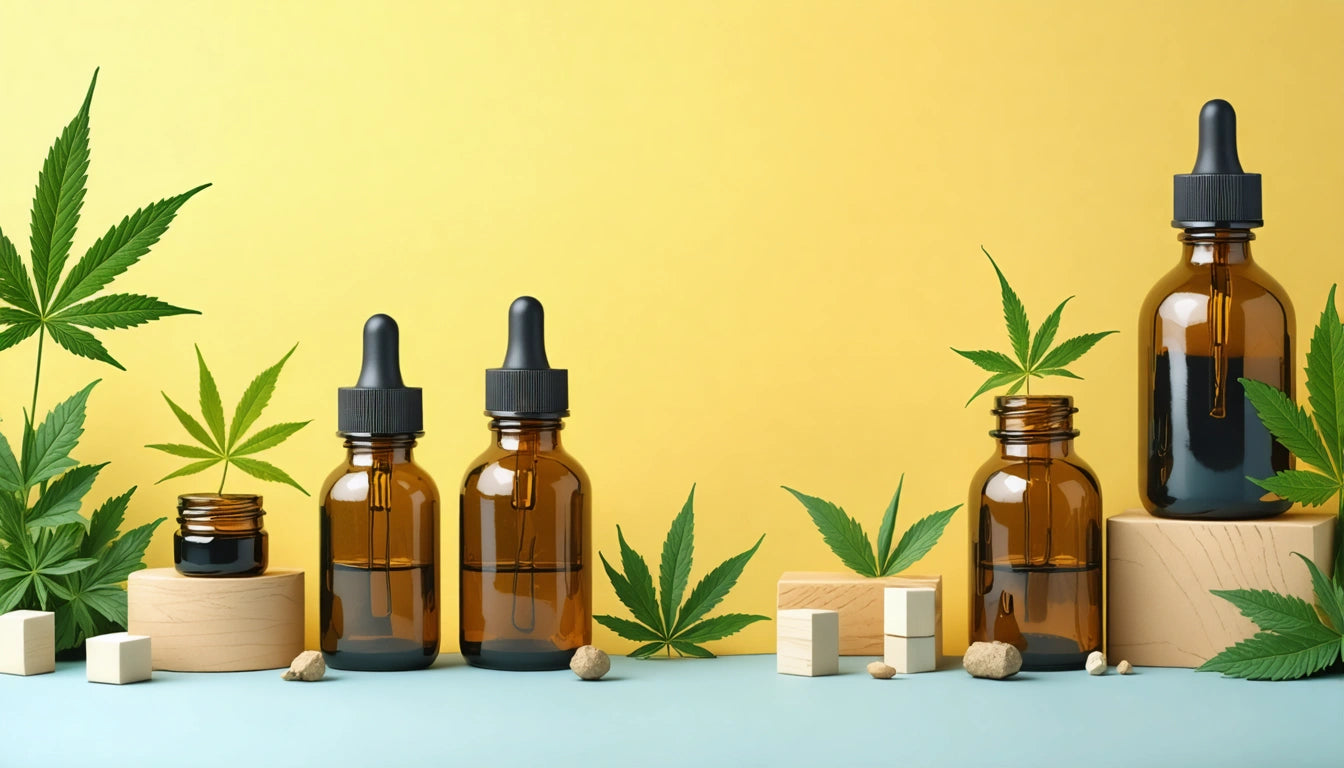Table of Contents
- Understanding Cannabis Infusion: The Foundation of Homemade Products
- Decarboxylation: The Essential First Step
- Cannabis-Infused Beverages: From Coffee to Cocktails
- Cannabis Concentrates and Extracts
- Edible Creations Beyond Drinks
- Equipment Recommendations for Cannabis Processing
- Best Practices and Future Innovations in Cannabis Infusion
Comprehensive Guide to Making and Infusing Weed Products
Creating your own cannabis-infused products at home offers control over potency, ingredients, and flavor profiles while potentially saving money compared to dispensary purchases. Whether you're interested in learning how to make weed drinks, craft potent concentrates, or create homemade edibles, this guide covers the essential techniques and best practices for cannabis infusion.
Understanding Cannabis Infusion: The Foundation of Homemade Products
Cannabis infusion involves extracting the plant's cannabinoids (THC, CBD, and others) into a carrier substance like fat, alcohol, or glycerin. This process makes the active compounds bioavailable when consumed. The science behind successful infusion depends on three key factors: temperature control, time, and the solubility of cannabinoids in your chosen medium.
Most cannabinoids are fat-soluble, which is why butter, oils, and milk make excellent carriers for infusion. Water-based infusions require additional steps or emulsifiers to achieve proper dissolution and potency.
Decarboxylation: The Essential First Step
Before making any cannabis product, decarboxylation (or "decarbing") is essential. This process converts THCA in raw cannabis into psychoactive THC through careful heating. Without this crucial step, your infusions will lack potency regardless of the quality of your starting material.
To decarboxylate cannabis:
- Preheat your oven to 240 °F (115 °C)
- Break up cannabis flower into small pieces (not powder)
- Spread evenly on a parchment-lined baking sheet
- Bake for 30-40 minutes until lightly toasted but not burnt
- Allow to cool completely before using in recipes
This properly activated cannabis can now be used to make weed-infused drinks, edibles, or concentrates with full potency. For a more detailed breakdown of decarboxylation, you can explore our guide on making potent cannabis edibles from flower.
Cannabis-Infused Beverages: From Coffee to Cocktails
How to Make Weed Coffee
Cannabis-infused coffee has become increasingly popular for its dual effects of caffeine and cannabinoids. There are several methods to make weed coffee:
- Cannabutter or cannabis-infused cream method: Add a teaspoon of cannabis-infused butter or cream to hot coffee and stir until fully incorporated.
- Cannabis tincture method: Add a few drops of alcohol-based cannabis tincture to your brewed coffee.
- Infused milk method: Create cannabis-infused milk by gently simmering decarbed cannabis in milk for 30-45 minutes, strain, and use in coffee.
Creating Cannabis-Infused Drinks
Learning how to make weed drinks extends beyond coffee. The key challenge with water-based beverages is cannabis's hydrophobic nature. To create effective cannabis-infused drinks:
- Cannabis simple syrup: Combine water, sugar, and decarbed cannabis with a small amount of vegetable glycerin (which helps bind the cannabinoids) and simmer for 20 minutes. Strain and use in any beverage.
- Cannabis tinctures: Alcohol-based tinctures mix easily into most beverages.
- Infused honey: Cannabis-infused honey dissolves well in tea and other hot drinks.
For cold beverages like weed water or juice, consider using water-soluble CBD/THC powders or a properly emulsified tincture to prevent separation. Our comprehensive guide to cannabis-infused products provides additional recipes and techniques.
Highlight: When making cannabis beverages, start with a low dose (5mg THC or less) and wait at least two hours before consuming more, as liquid infusions can have unpredictable absorption rates.
Cannabis Concentrates and Extracts
For those interested in how to make weed concentrate or extract, several methods exist with varying levels of complexity:
- Kief collection: The simplest concentrate method involves using quality cannabis grinder machines with kief catchers to collect the trichomes that fall off during grinding.
- Hash making: Create hash by separating trichomes from plant material using ice water, screens, or dry sift methods.
- Rosin pressing: Apply heat and pressure to cannabis flower using a specialized press or even a hair straightener to extract resinous oil.
More advanced extractions using solvents like butane or ethanol should only be attempted with proper training and equipment due to significant safety risks. For most home users, solventless methods provide the safest approach to creating concentrates.
Edible Creations Beyond Drinks
How to Make Weed Budder (Cannabutter)
Cannabutter serves as the foundation for countless edible recipes. To make weed budder:
- Melt butter in a saucepan over low heat (add a little water to prevent burning)
- Add decarboxylated cannabis
- Simmer gently for 2-3 hours, stirring occasionally and never allowing it to boil
- Strain through cheesecloth into a container
- Refrigerate until solid, then drain any excess water
The resulting cannabutter can be used in any recipe calling for butter. For oil-based recipes, our guide on making weed-infused cooking oil provides detailed instructions.
Other Popular Infusions
Beyond butter, popular cannabis infusions include:
- Cannabis milk: Simmer decarbed cannabis in whole milk for 30-45 minutes.
- Cannabis honey: Infuse honey with decarbed cannabis using a double boiler for 40 minutes.
- Cannabis syrup: Create a versatile sweetener by infusing simple syrup with cannabis.
- Weed firecrackers: A simple edible made by spreading cannabutter or infused oil on graham crackers with peanut butter and briefly baking.
Equipment Recommendations for Cannabis Processing
The right tools make cannabis processing more efficient and effective:
- Digital scale for precise dosing
- Thermometer for temperature control
- Cheesecloth or fine mesh strainers for filtering
- Double boiler for gentle heating
- Dedicated grinder for breaking down cannabis
For those serious about creating concentrates, investing in specialized equipment like hash making screens or a rosin press might be worthwhile.
Best Practices and Future Innovations in Cannabis Infusion
As home cannabis processing evolves, several best practices have emerged:
- Dosage calculation: Always calculate approximate THC content in your starting material to estimate final potency.
- Strain selection: Different strains produce different effects. While you cannot easily create your own strain of weed at home (this requires breeding programs), you can select strains with desired characteristics for your infusions.
- Storage: Store all cannabis infusions in airtight, light-resistant containers in cool locations to preserve potency.
- Labeling: Clearly label all infused products with content and approximate potency to prevent accidental consumption.
The future of cannabis infusion lies in nano-emulsification technologies that improve bioavailability and onset time. While these technologies are primarily available to commercial producers, simplified versions for home users are beginning to emerge in the form of specialized emulsifiers and infusion aids.
Whether you're learning how to make weed drinks, creating potent extracts, or crafting edibles, the key to success lies in quality ingredients, careful temperature control, and patience during the infusion process. With practice, you'll develop the skills to create consistent, effective cannabis products tailored to your preferences.











Leave a comment
All comments are moderated before being published.
This site is protected by hCaptcha and the hCaptcha Privacy Policy and Terms of Service apply.